The Department of Food Science has World-class facilities and our own Product Development Research Centre (PDRC) we can support a range of research projects both 'in-house' and in collaboration with other departments, universities and organisations in New Zealand and around the world.
New projects 2022
ENERGY longitudinal cohort study
Featured research

Global Research
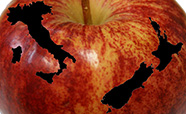
The Italian connection

Juicy? Tender? Tasty?

Waste not
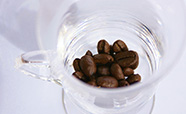
For the love of coffee
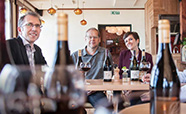
Vintage science
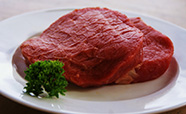
'Meating' expectations
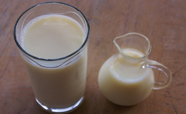
Fresh is best
Waste not: Food Waste Innovation
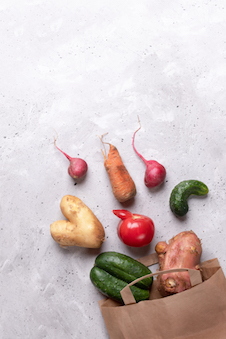 New Zealander's pride themselves on being above average in many areas – but when it comes to food waste that's not an achievement worth celebrating.
New Zealander's pride themselves on being above average in many areas – but when it comes to food waste that's not an achievement worth celebrating.
With the global average set at a whopping 372 kilograms New Zealanders throw away 400 kilograms of household waste per capita.
Professor Miranda Mirosa is the Director of the University of Otago Food Waste Innovation Research Theme which measures food waste, develops reduction strategies, applies innovative technology, and works to modify producer and consumer behaviour.
As NZ's leading provider of food waste-related research, this group of interdisciplinary researchers harnesses the best scientific expertise at the University and nationwide in order to provide effective solutions to food waste problems.
Global Research
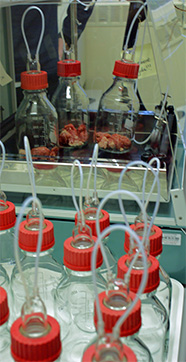
Scientists from the Department of Food Science work with research partners across the globe. One of these intercontinental collaborations reaches as far as Germany and has been made possible by the Royal Society of New Zealand and the German Federal Office for Agriculture and Food (BLE).
The Royal Society and BLE facilitate a grant to foster scientific collaboration between New Zealand and Germany. This grant was awarded to local researchers Professor Phil Bremer and Pat Silcock in collaboration with Dr Jonathan Beauchamp at the Fraunhofer Institute for Process Engineering and Packaging IVV in Germany.
The grant allows two researchers to visit the other country annually in order to perform research of interest to both countries. The current research project is titled “Rapid assessment of food degradation based on real-time analysis of volatile release” and looks at food degradation markers, first in milk and now in meat, working on NZ lamb here and pork in Germany.
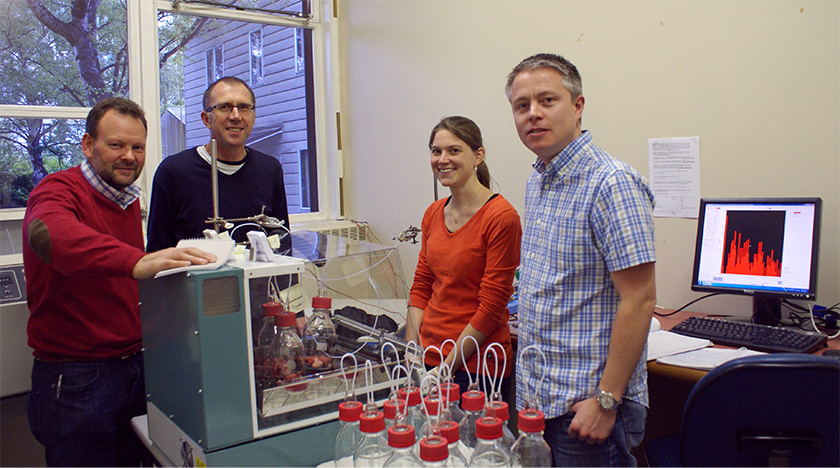
The above photo features researchers using a technique known as proton-transfer-reaction mass spectrometry (PTR-MS) to measure volatile degradation markers in samples of NZ lamb.
Professor Phil Bremer, Pat Silcock, Corina Keupp (PhD student at Technische Universität München) and Dr Jonathan Beauchamp – Dec 2014.
In an extension of this collaboration Lena Schuster, a student at University of Erlangen-Nürnberg in Germany has been awarded an internship at the Department of Food Science, Otago. Lena will be here for six months as a part of her Masters' project and is being co-supervised by Professor Phil Bremer of the University of Otago and Andrea Buettner at Fraunhofer IVV and the University of Erlangen-Nürnberg.
- New Zealand-Germany Science & Technology Programme - Further information
- Fraunhofer Institute for Process Engineering and Packaging IVV - Further information
- Professor Phil Bremer - Staff profile
- Pat Silcock - Staff profile
'Meating' expectations

The colour and flavour of a cut of meat will ultimately depend on how you prepare it; the important part we can't control is tenderness. But that's all about to change.
Tenderness in beef is traditionally controlled by choosing the right cut and aging the carcass appropriately. Resident meat scientist Dr Aladin Bekhit, in partnership with meat exporters the Alliance group Limited are working on a way to speed things up.
Electrocuting red meet for tenderisation has been in practice since the 70's, but this is applied to whole carcasses and only 1000 volts were used to shock the carcasses. The method explored by Dr Bekhit and colleagues uses a pulsed electric field (PEF) of up to 25000 volts and the treatment is tailored to specific cuts of meat to obtain optimum tenderness.
The study reveals a 25% increase in tenderisation. Ultimately we hope to improve product quality across the board, increasing returns for farmers and improving our already strong export meat industry.
There are still a couple of steps to go before the electrocuted beef reaches supermarket shelves. Taste trials will be key in ensuring a premium product is produced, and upscaling equipment to large scale production provides an opportunity to New Zealand's engineering minds.
- Otago Daily Times article - 'Shock treatment makes waves' (14th July, 2014)
- Alliance group Limited - Further information
- Dr Aladin Bekhit - Staff profile
For the love of coffee

Great coffee starts with the beans, and Mario Roberto Fernandez Alduenda knows coffee beans. You could say it's in the blood with a family that's been growing coffee since 1830.
Having already studied coffee flavour both in his home country of Mexico (Universidad de las Américas), and then in France (Université Montpellier) and with 15 years' experience in the industry he is now in Dunedin learning more about flavour.
Natural coffees are a little different to that familiar ground on the supermarket shelf. For hundreds of years coffee cherries have been fermented and dried to prepare the beans for coffee, this process gives the beans a unique flavour. Many commercial coffees have dispensed with this method in order to produce a more consistent product but the growing market for specialty coffees is taking producers back to their roots.
The connection between how natural coffee has been produced and its flavour profile is not well understood. What aspects of the fermentation and drying process are actually responsible for that great taste is what Mario is here to find out.
Mario is working towards a PhD at the Department of Food Science, trying to understand how the post-harvest processing of coffee beans affects the flavour of the coffee. And helping natural coffee producers make the best quality brew.
And how will he know which is the best? Like most foods, the quality of coffee is judged by flavour - expert tasters get to decide.
An expert coffee taster is known as a coffee cupper, and techniques are employed to ensure consistency in testing at an international level. Mario is an internationally trained coffee cupper and the only Q Arabica Instructor in the country – But while he's here he's sharing his expertise, teaching Kiwis the art of coffee. Find out more about the coffee cupping procedure in the Otago Daily Times article here.
The Italian connection
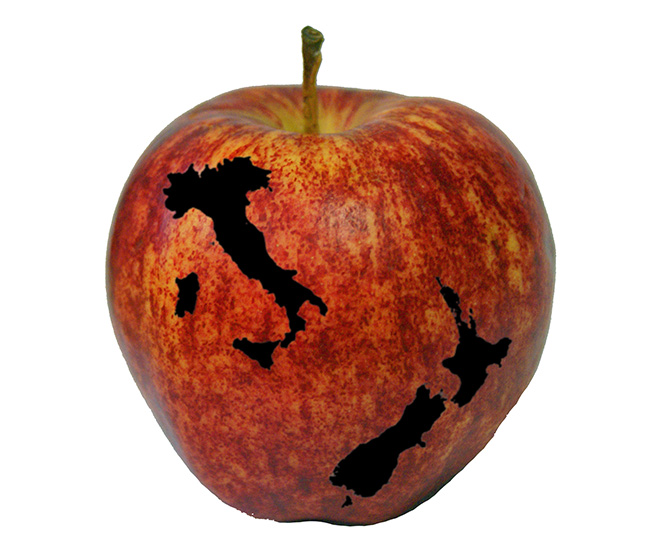
Researchers at the Fondazione Edmund Mach IASMA Research and Innovations Centre in San Michele, Italy have been working alongside food scientists here at Otago since 2009.
The collaborators share interests in flavour and sensory science and present a unique combination of skills and facilities. Franco Basioli from Italy has a physics background and provides expertise in instrumental analysis and data modelling whereas the Department of Food Sciences' were able to provide additional expertise in food science and microbiology.
Previous projects have looked at cereal bars and wine (funded by the NZ winegrowers) and recently the foundation has co-supervised and funded of one of our research students, Valentina Ting. Valentina's PhD project looked at apple flavour and texture. The funding and supervision of her project means she spent 6 months a year in each country and studied apples from two seasons a year.
- Fondazione Edmund Mach - Further information
- NZ Winegrowers - Portal website for winegrowers
- 'Comparing Apples with Apples' - Otago Magazine, Issue 41
- Pat Silcock - Staff Profile
- Professor Phil Bremer - Staff Profile
Juicy? Tender? Tasty?
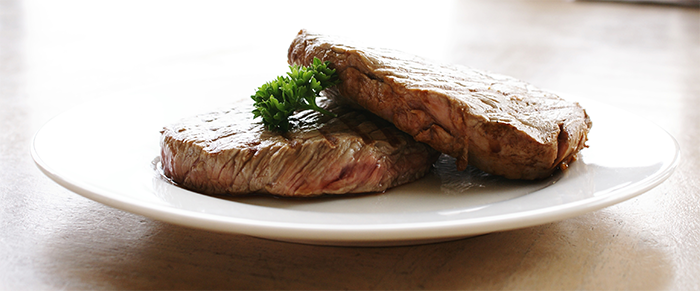
What do you look for whan you bite into a chunk of beef?
Understanding what consumers want most in a steak (or any other cut of beef) is key to providing a premuim product. In 2013 Silver Fern Farms worked with our Product Development Research Centre (PDRC) and Texas Tech University to find out.
The PDRC managed the New Zealand component of the study, recruiting 3960 consumers, to rate a total of 23,760 portions of beef. Consumers tasted six different samples and told us what they liked.
Silver Fern Farms then created grading criteria for their meet, based on what the consumer was looking for.
Master graders, trained in this new formula, select and grade every animal that processed by Silver Fern Farms ensuring a premuim product and quality eating experience reaches consumers both here and internationally.
- Case Study - Beef EQ
- Find out more about what the PDRC can do
- PDRC Manager - Pat Silcock
- Beef EQ release - Silver Fern Farms
Fresh is best
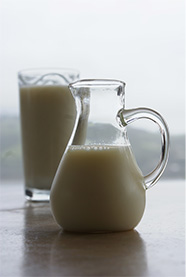
The Department of Food Science has been working alongside leading Australasian food production company Goodman Fielder to answer shared research questions.
Tucked away at the bottom of the world collaborators are interested in socially responsible and consumer friendly ways to transport products to markets across the globe.
The research is consumer driven aiming not only to improve the quality of products but also to identify and improve values identified by consumers. The collaborators are using their expertise in food chemistry, flavour science, sensory science and microbiology to increase understanding of factors that lead to consumer's assessing that a food is spoiled and developing strategies to minimise these defects.
Such research will minimise the ecological footprint of goods delivered to a global market and improve the quality and value of New Zealand's export goods.
- Goodman Fielder
- Phil Bremer - Staff Profile
- Pat Silcock - Staff profile